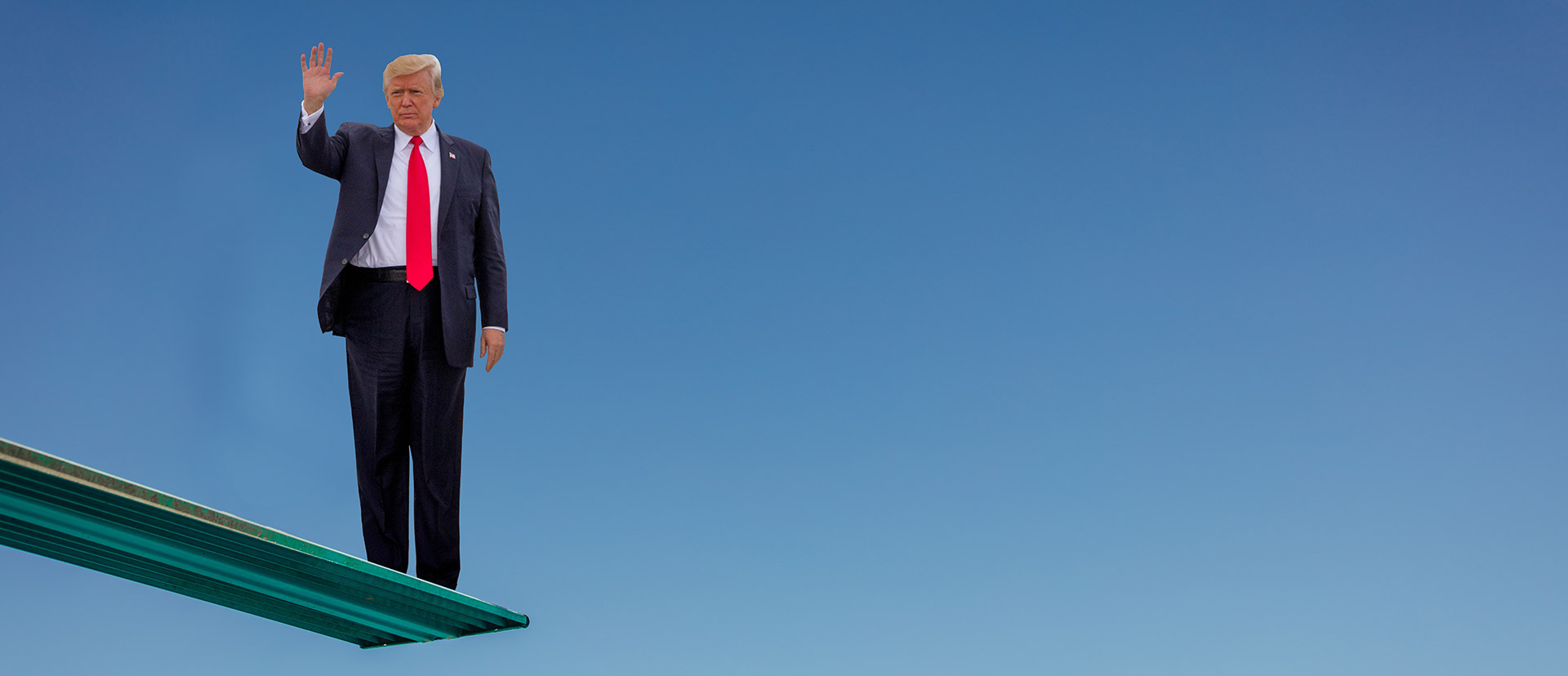Following his role in the January 6th attacks on the Capitol, several online platforms banned President Donald Trump from their platforms. While scholars and commentators have spent 18 months debating the value of removing Trump from major online platforms, we still lack sufficient empirical analysis of the positive and negative consequences the ban has had on public discourse, extremism, and Trump’s power and influence. But before we can assess the costs and benefits of removal, we first must develop a common understanding of the metrics we might use to evaluate the impacts of the ban. When we talk about whether deplatforming worked or failed, what do we mean by “worked” and what do we mean by “failed”? This article provides 13 metrics that analysts or researchers could consider as a means of evaluating the impacts of the ban. While analyzing any of these will involve overcoming serious challenges, from data access, to resources, to how to attribute observed changes narrowly to Trump’s removal, identifying what metrics we should consider is an important first step to understanding the impact of banning Trump.
By Scott Babwah Brennen & Matt Perault[1]
I. Introduction
Following his role in the January 6th attacks on the Capital, a series of online platforms, including Twitter, YouTube, Facebook, and Instagram, banned President Donald Trump from their platforms. Eighteen months later, as the midterms and the next presidential campaign approac
...THIS ARTICLE IS NOT AVAILABLE FOR IP ADDRESS 216.73.216.89
Please verify email or join us
to access premium content!

